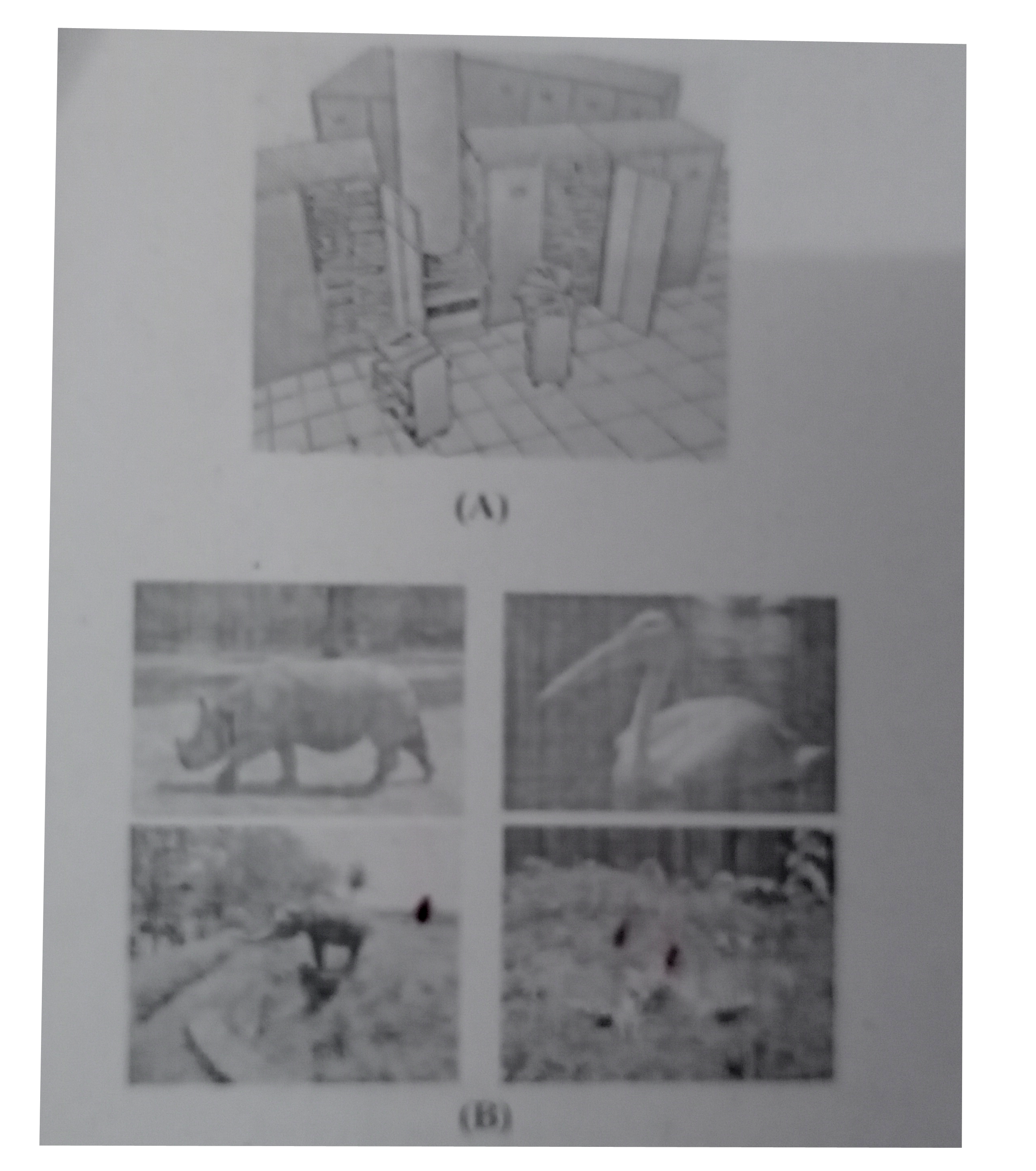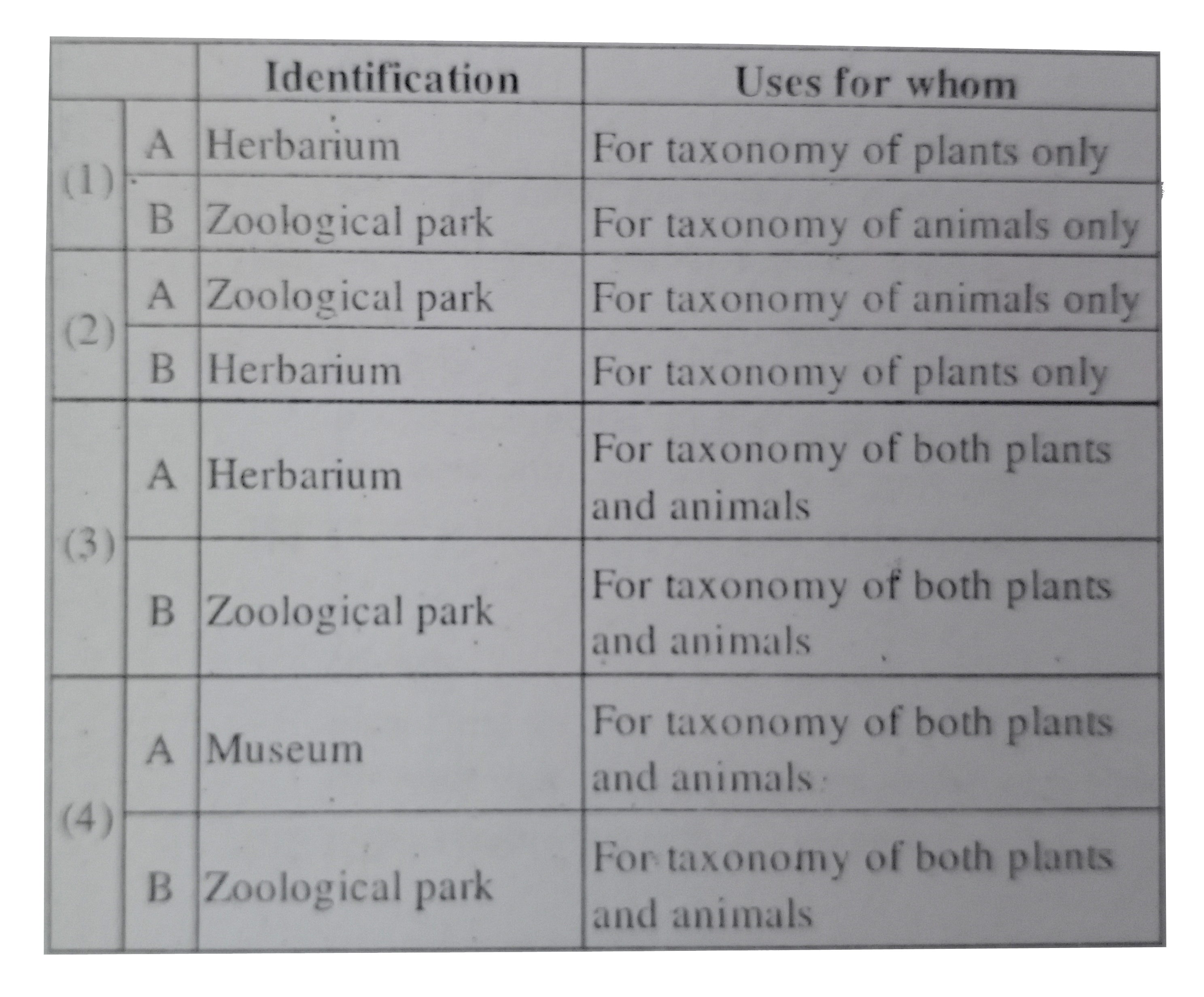All the listed things below are made of flint glass. Which one of these have greatest dispersive power (ω).
prism
glass slab
biconvex lens
all have same ω
The correct Answer is:D
To solve the question regarding which item made of flint glass has the greatest dispersive power (denoted as ω), we can follow these steps:
Step 1: Understand Dispersive Power
Dispersive power (ω) is defined as the ratio of angular dispersion to the mean deviation. Mathematically, it can be expressed as:
ω=Angular DispersionMean Deviation
Step 2: Define Angular Dispersion
Angular dispersion can be defined in terms of the refractive indices for violet (μv) and red (μr) light:
Angular Dispersion=Deviation due to Violet−Deviation due to Red
This can be expressed as:
Angular Dispersion=(μv−1)⋅A−(μr−1)⋅A
Where A is the angle of the prism.
Step 3: Simplify Angular Dispersion
From the above expression, we can simplify the angular dispersion:
Angular Dispersion=A⋅(μv−μr)
Step 4: Define Mean Deviation
The mean deviation (Δm) can be defined as:
Mean Deviation=(μm−1)⋅A
Where μm is the mean refractive index for the spectrum.
Step 5: Combine the Expressions
Now, substituting the expressions for angular dispersion and mean deviation into the formula for dispersive power:
ω=A⋅(μv−μr)(μm−1)⋅A
The angle A cancels out, leading to:
ω=μv−μrμm−1
Step 6: Analyze the Material
Since all items are made of the same material (flint glass), the values of μv, μr, and μm will be the same for all items. Therefore, the dispersive power (ω) will also be the same for all items.
Conclusion
Since the dispersive power depends only on the material and not on the shape or size of the items, we conclude that all items made of flint glass have the same dispersive power. Thus, the answer is that all options have the same dispersive power.
Final Answer
All items made of flint glass have the same dispersive power (ω).
---
Dispersive power (ω) is defined as the ratio of angular dispersion to the mean deviation. Mathematically, it can be expressed as:
ω=Angular DispersionMean Deviation
Angular dispersion can be defined in terms of the refractive indices for violet (μv) and red (μr) light:
Angular Dispersion=Deviation due to Violet−Deviation due to Red
This can be expressed as:
Angular Dispersion=(μv−1)⋅A−(μr−1)⋅A
Where A is the angle of the prism.
From the above expression, we can simplify the angular dispersion:
Angular Dispersion=A⋅(μv−μr)
The mean deviation (Δm) can be defined as:
Mean Deviation=(μm−1)⋅A
Where μm is the mean refractive index for the spectrum.
Now, substituting the expressions for angular dispersion and mean deviation into the formula for dispersive power:
ω=A⋅(μv−μr)(μm−1)⋅A
The angle A cancels out, leading to:
ω=μv−μrμm−1
Since all items are made of the same material (flint glass), the values of μv, μr, and μm will be the same for all items. Therefore, the dispersive power (ω) will also be the same for all items.
Since the dispersive power depends only on the material and not on the shape or size of the items, we conclude that all items made of flint glass have the same dispersive power. Thus, the answer is that all options have the same dispersive power.
All items made of flint glass have the same dispersive power (ω).
Topper's Solved these Questions
- GEOMATRICAL OPTICS BOOK - RESONANCE ENGLISHCHAPTER - GEOMATRICAL OPTICS EXERCISE - Exercise-2
62 Videos
- GEOMATRICAL OPTICS BOOK - RESONANCE ENGLISHCHAPTER - GEOMATRICAL OPTICS EXERCISE - Exercise-3
80 Videos
- GEOMATRICAL OPTICS BOOK - RESONANCE ENGLISHCHAPTER - GEOMATRICAL OPTICS EXERCISE - Problem
33 Videos
- EXPERIMENTAL PHYSICSBOOK - RESONANCE ENGLISHCHAPTER - EXPERIMENTAL PHYSICSEXERCISE - PART -II
10 Videos
- GRAVITATIONBOOK - RESONANCE ENGLISHCHAPTER - GRAVITATIONEXERCISE - HIGH LEVEL PROBLEMS
16 Videos
Similar Questions
An achromatic convergent lens of focal length 150cm is made by combining flint and crown glass lenses. Calculate the focal length of both the lenses and point out which one is divergent if the ratio of the dispersive power of flint and crown glasses is 3:2.
View SolutionAn achromatic doublet of focal length 90 cm is to be made of two lenses, the material one having 1.5 times the dispersive power of the other. The doublet is converging type. Find the focal length of each of lens.
View Solution
Knowledge Check
Four successive members of the first row transition elements are listed below with their atomic number. Which one of them is expected to have the highest third ionisation enthalpy ?
AVanadium (Z - 23)BManganese (Z = 25)CChromium (Z =24)DIron (Z=26)

First of all identify the A and B then their correct function and they are made for which type of organisms. Which one of these options is most correct with respect to identification, and uses about the organisms :-

View SolutionThe refractive index of a material changes by 0.014 as the colour of the light changes from red to violet. A rectangular slab of height 2.00 cm made of this material is placed on a newspaper. When viewed normally in yellow light, the letters appear 1.32 cm below the top surface of the slab. Calculate the dispersive power of the material.
View SolutionFour successive members of the first row transition elements are listed below with their atomic number. Which one of them is expected to have the highest third ionisation enthalpy ?
View SolutionFour successive members of the first row transition elements are listed below with their atomic number. Which one of them is expected to have the highest third ionisation enthalpy ?
View SolutionFour successive members of the first row transition elements are listed below with their atomic number. Which one of them is expected to have the highest third ionisation enthalpy ?
View SolutionAll the substance listed below are fertilizers that contribute nitrogen to the soil. Which of these is the richest source of nitrogen on a mass percentage basis ?
View SolutionAll the substance listed below are fertilizers that contribute nitrogen to the soil. Which of these is the richest source of nitrogen on a mass percentage basis ?
(a) Urea
(b) Ammonium Nitrate
(c)Nitric oxide
(d) Ammonia
View Solution
